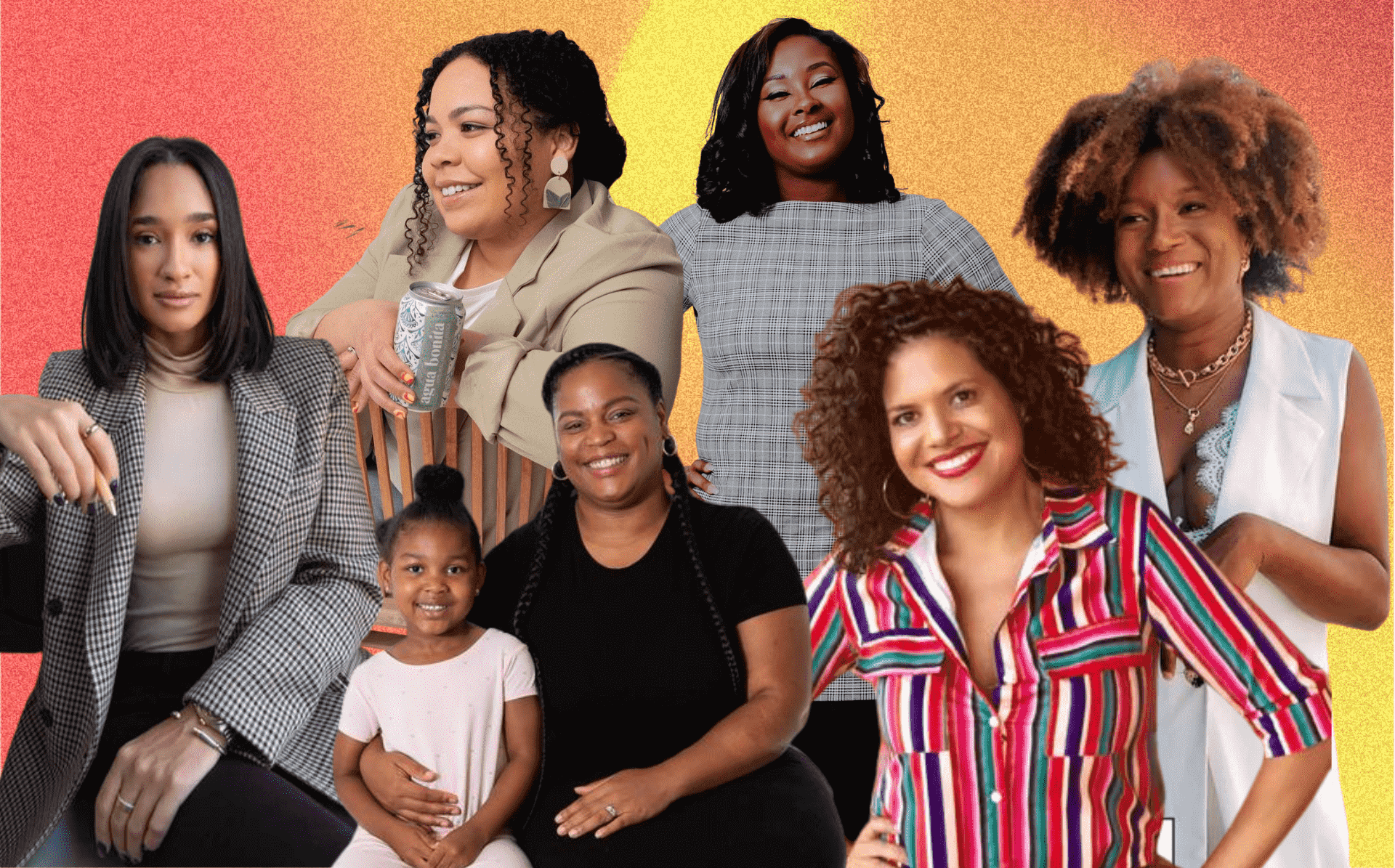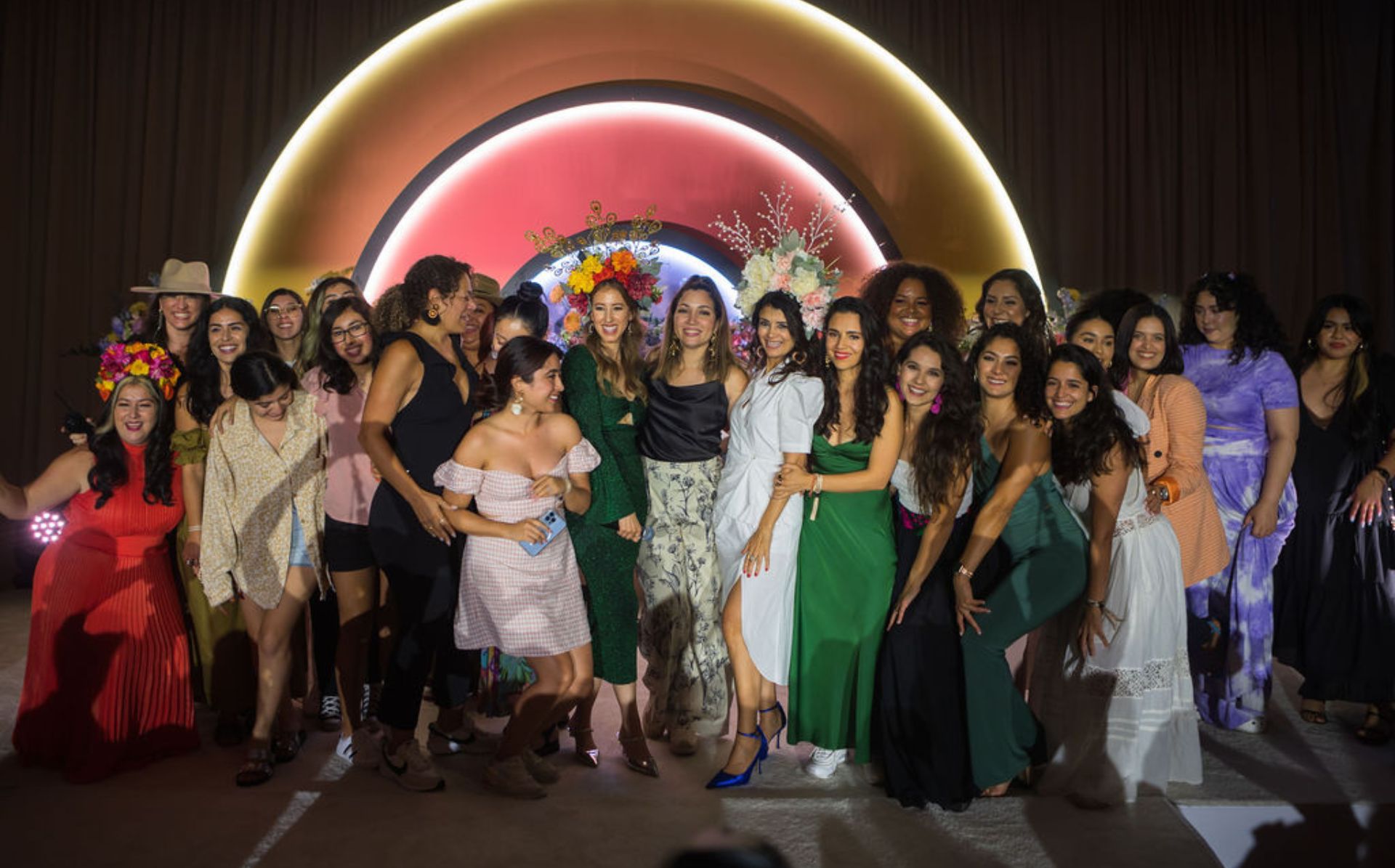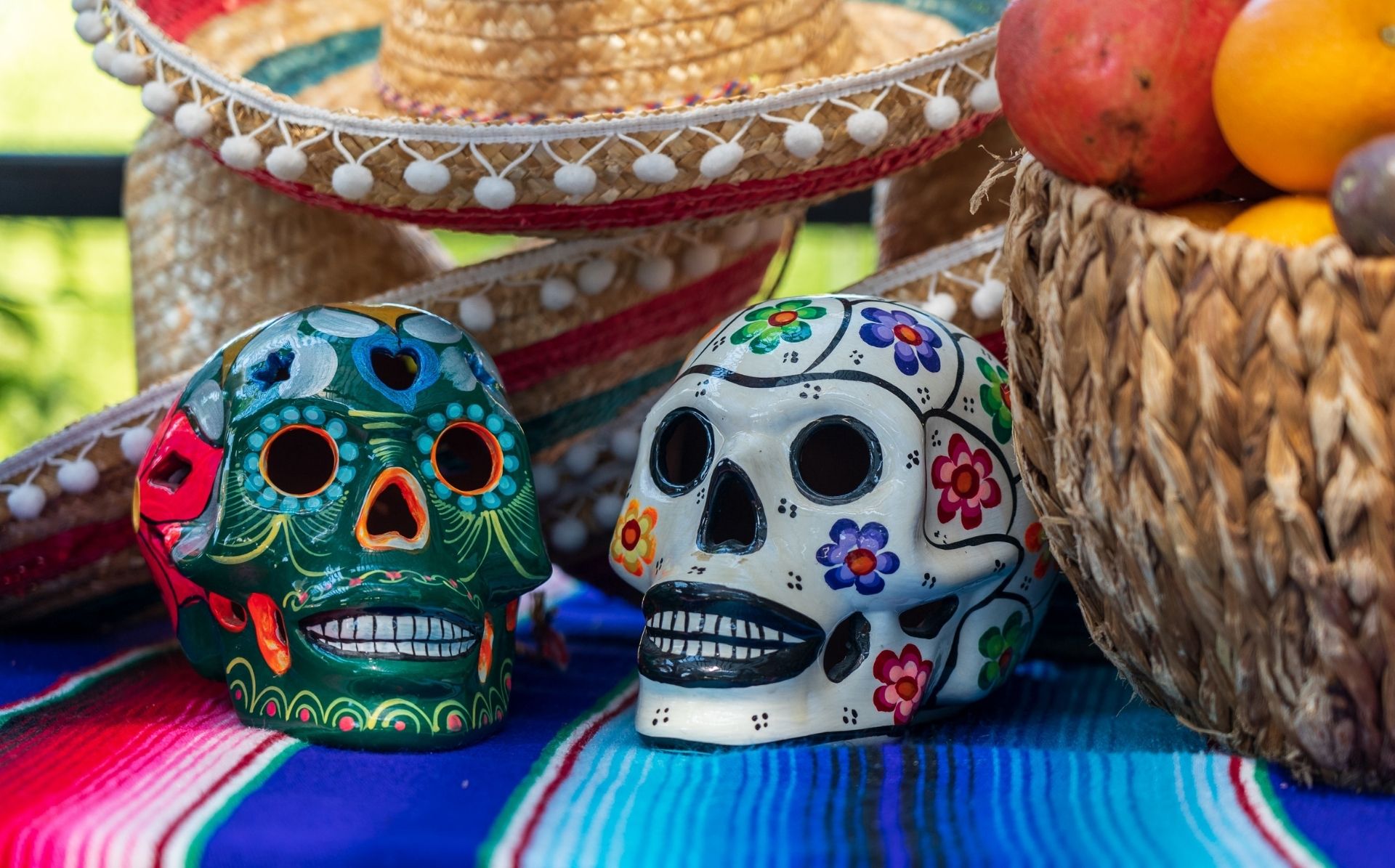The Queen of Salsa Celia Cruz will be featured on U.S. quarters starting 2024! Learn more about this trailblazing woman by reading 25 facts about her life.
Photos: Westbury Arts & Blackprint
On February 1, the United States Mint announced that Celia Cruz, the Queen of Salsa, will be featured in United States quarters starting in 2024 as part of their American Women Quarters Program. Celia is one of five women honored with a quarter in 2024, the designs of which will be released in mid-2023.
“All of the women being honored have lived remarkable and multi-faceted lives, and have made a significant impact on our Nation in their own unique way,” said Mint Director Ventris C. Gibson. “The women pioneered change during their lifetimes, not yielding to the status quo imparted during their lives.” If that last sentence doesn’t describe Celia Cruz to a T, then I don’t know what does.
Since the announcement, I’ve seen many posts joyfully celebrating this recognition. For many of us, it makes sense; Celia is part of the soundtrack of our childhood. But this got me thinking: how much do I really know about Celia Cruz? And so I went on a fact-finding mission because it’s great that we’re getting a Celia quarter, but let’s also use it as an opportunity to teach ourselves more about her legacy. So check out what I learned about this legendary, trailblazing entertainer and pass it on.
She was born in Havana, Cuba on October 21, 1925.
Úrsula Hilaria Celia de la Caridad Cruz Alfonso de la Santísima Trinidad was the second of four children born to Catalina Alfonso and Simon Cruz. She grew up in Santo Suàrez, a district of Havana.
She started singing at a very young age.
“I was born singing,” she told Generation Ñ. “My mother, Catalina, told me that at 9 or 10 months of age, I’d wake up in the middle of the night, 2 or 3 in the morning, singing. ‘Esta muchachita va a trabajar de noche.’ Pues la viejita no se equivocó.”
When she was a teenager, she studied to be a teacher.
She studied at the Normal School for Teachers after graduating from high school. She hoped to become a literature teacher, but music was always a big part of her life. She would visit ballrooms with her aunt. “All the musicians in Cuba were friends of mine, even before I began to sing onstage.”
She entered singing competitions out of necessity.
“I went to the radio stations,” she shared, “first because I needed the money for groceries and books. But when I finished school, my teacher told me, ‘You don’t have to be a teacher. You’re going to sing because you’ll earn more money in a day than I will in a month.”’
In 1950, she joined La Sonora Matancera.
The Cuban conjunto was formed in 1924 and was extremely popular. Celia was the group’s first Black front person since the conjunto was founded. “I wanted to be a mother, a teacher, and a housewife,” Celia said. “But when I began to sing with La Sonora Matancera, I thought, ‘This is my chance, and I’m going to do it.'”
She was known for singing guarachas.
She didn’t start off singing salsa; she sang guarachas—rapid-tempo Cuban music with funny or satirical lyrics. During her time with La Sonora Matancera, she came to be known as “La Guarachera de Cuba.”
“¡Azúcar!” became her trademark cry.
The story goes that she was in Miami when a waiter asked her if she wanted coffee with sugar, to which Celia responded: “¡Azúcar!” She went on to use it during performances, and it came to be a shout-out to honor the enslaved Africans forced to work on Cuban sugar plantations.
She toured with the band and appeared in Mexican movies.
During the 15 years she was with La Sonora Matancera, she toured extensively and even made cameos in five Mexican films, including Rincón criollo (1950) and Amorcito corazón (1961).
She sang to make people happy.
“When people hear me sing, I want them to be happy, happy, happy. I don’t want them thinking about when there’s not any money or when there’s fighting at home. My message is always felicidad – happiness.”
Celia left Cuba in 1960 and was not allowed to return.
After the Cuban Revolution, she moved to the East Coast and eventually settled in New Jersey. However, she became a U.S. Citizen in 1961, and Fidel Castro barred her from returning to Cuba for the rest of her life.
Being exiled from Cuba was incredibly difficult for her.
“When my mother was sick, I wanted to go there, but people who had left were not allowed to go back. When my father died, I could not go there,” she said about her experience.
She married Pedro Knight in 1962.
Pedro, one of the trumpeters of La Sonora Matancera, became her husband. He also went on to become her musical director and manager. Their 41-year marriage lasted for the rest of her life.
She exuded happiness, but the pain of being exiled was always there.
”Everybody looks at Celia Cruz and thinks she is very happy,” she said. ”But I don’t have a mother, a father, I don’t have a country – I only have Pedro.”
She became a part of the New York salsa scene.
She didn’t just become a part of the thriving New York salsa scene in the 1970s; she became its queen and was symbolically crowned by all as the “Queen of Salsa Music.”
When she started singing salsa, there were very few women doing it.
Male performers dominated salsa at the time, but that didn’t stop Celia. “Women are afraid to sing salsa. I don’t know why; maybe they think it’s for men,” she told the New York Times in 1985. But, she added, “I think everybody can sing everything.”
She dreamed of a future filled with female salsa performers.
”I want more women in salsa. Someday, I have to die, and I want people to say, ‘Celia Cruz has died, but here is someone who can take over.”’
In 1990, she was able to return to the island of Cuba.
She visited the American naval base in Guantánamo to perform for the troops 30 years after she had left Cuba. During that visit, she kissed the ground and said: “I have kissed the earth in name of all the Cubans in exile.”
She visited the Guantánamo American naval base twice.
On one of those visits, she grabbed a fistful of Cuban soil on the other side of the naval base. She brought it back to the U.S., kept it in a jar, and asked to be buried with it.
She was and still is a fashion icon.
It wasn’t just her voice that captivated audiences. It was also her way of presenting herself. She dressed in bold, bright colors; wore glorious gowns and shoes; had fun with wigs; and had fun with her makeup and jewelry. The Smithsonian Institute now owns some of her dresses and a pair of her shoes.
She got a star on the Hollywood Walk of Fame in the late 1980s.
She got her star on September 17, 1987. If you would ever like to visit her star, it is on the sidewalk of 6240 Hollywood Blvd. She credited the star to the efforts of fans and even President Ronald Reagan, who wrote in requesting it. “That’s why I’ve always said that it isn’t Celia’s star, it’s the star of my fans,” she said about the accomplishment.
She got an honorary degree from Yale.
In 1996, she received an honorary doctorate of music from Yale. She also received honorary degrees from Florida International University and the University of Miami.
She went from winning a cake to winning Grammys.
The first award she ever won for singing was a cake back when she was competing in Cuban talent shows. She has won many awards since then, including three Grammys and four Latin Grammys.

To say that she was successful is an understatement.
She recorded 75 records in her lifetime. Twenty-three of those records went gold. She achieved world-wide fame all while singing in Spanish.
She died on July 16, 2003 at the age of 77.
Her life ended as a result of brain cancer. Her publicist, Blanca Lasalle, shared at the time that in December of the previous year, Celia had brain surgery, but her health continued to deteriorate.
On how she wanted to be remembered:
“I am a very happy lady that tries to be a good friend. I enjoy what I do, and have always liked it. That’s why I’m so happy, and why I want to pass on to others my smile and my happiness. In fact, when somebody asks me how I want to be remembered, I always respond the same way: ‘I want to be thought of as someone who’s always happy.’”
Bonus fact:
When the new quarters come out, Celia Cruz will become the first Afro-Latina on U.S. currency! Repeat after me: “¡Azúcar!”

About the Author
Claudya Martinez
Claudya Martinez is a writer and content creator with a sense of humor. She loves collaborating with #WeAllGrow. You can follow her at @byclaudya on IG. You can read more of her pieces here.

























